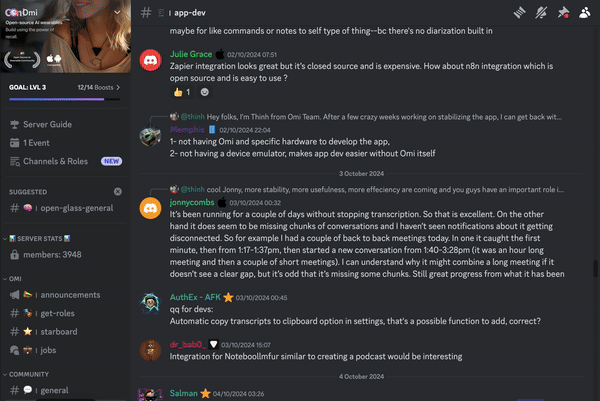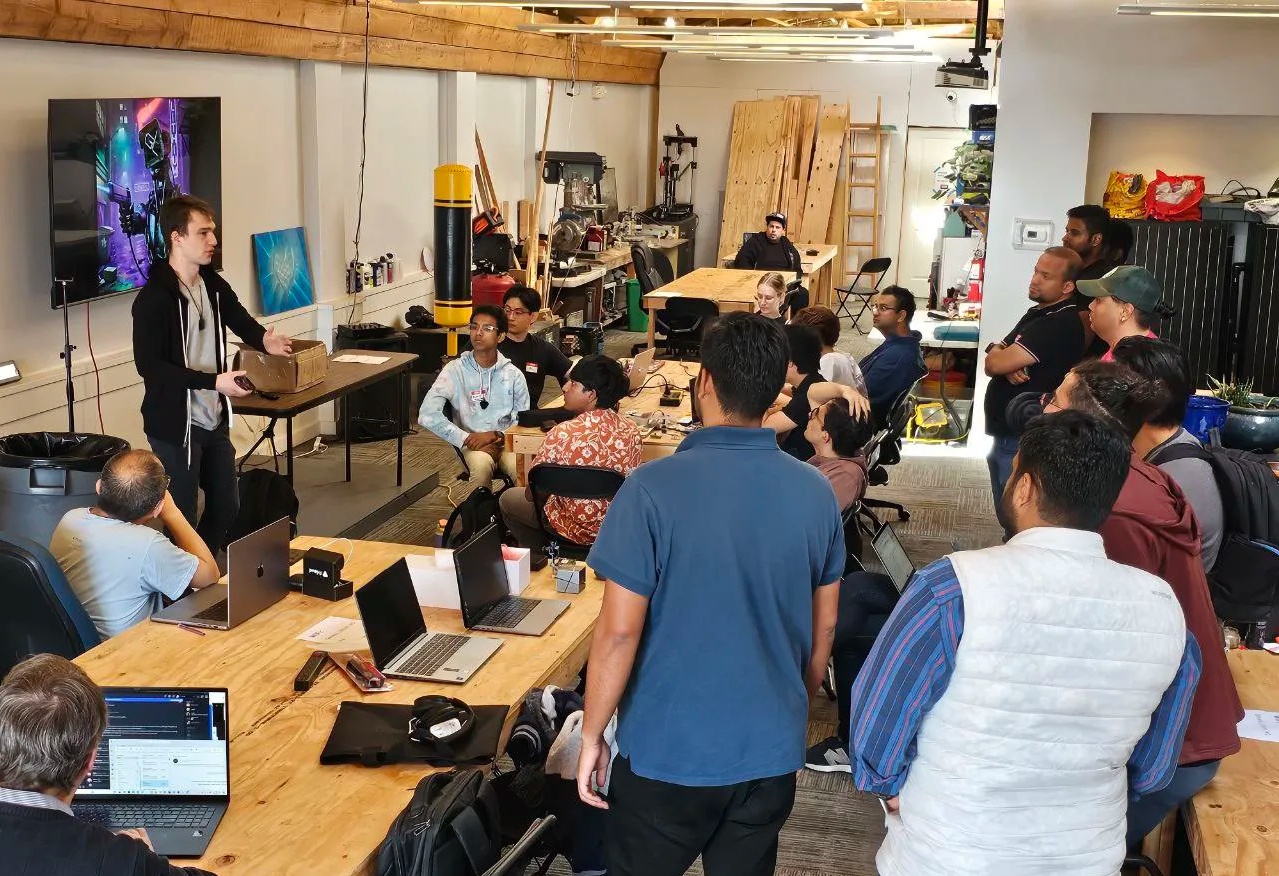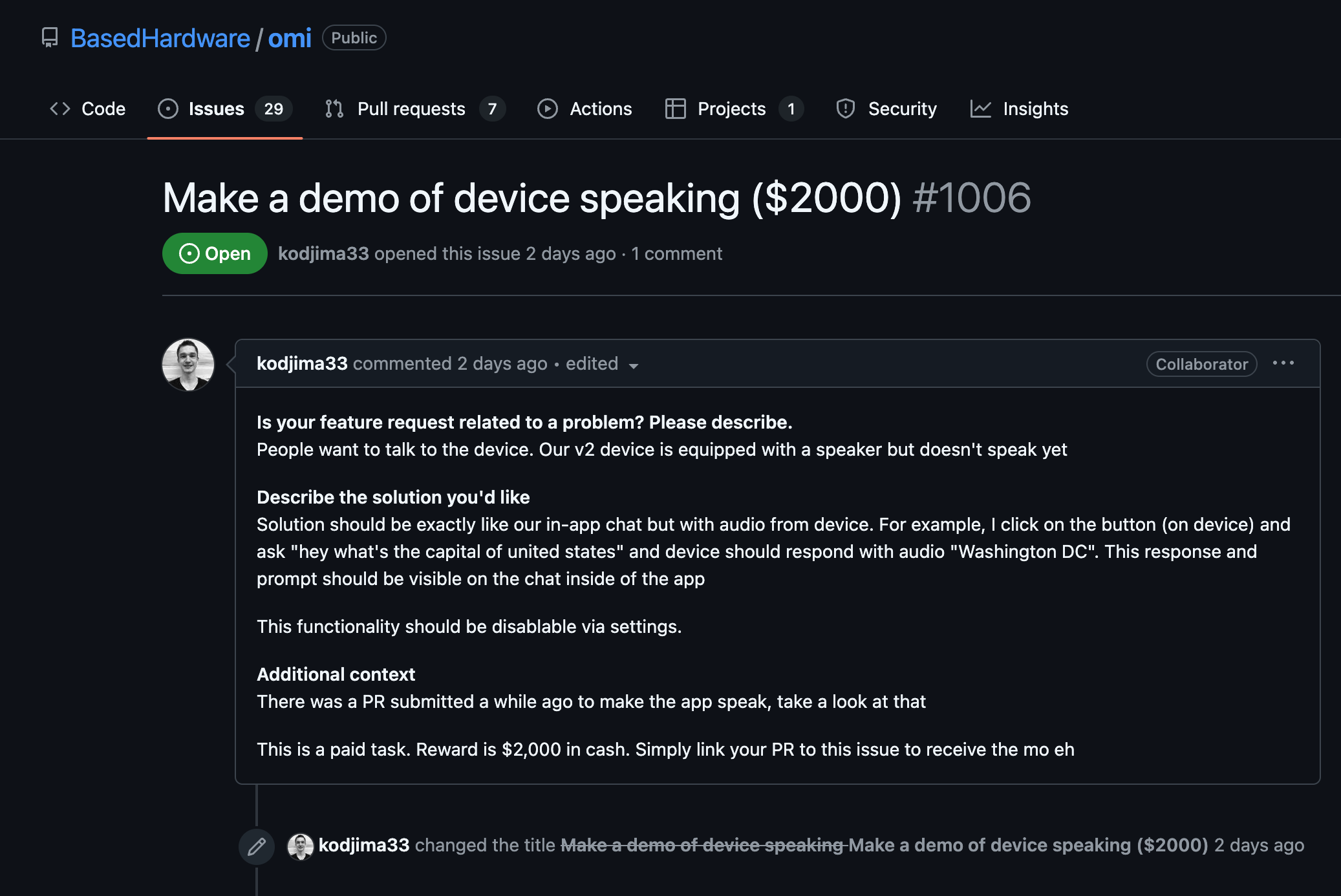Using the Dropbox API with Java
To interact with Dropbox in Java, we use the Dropbox SDK, which provides an easy-to-use wrapper around Dropbox's HTTP API. Before starting with Java, ensure your development environment has the required libraries and dependencies.
Setup and Dependencies
- Clone or download the Dropbox SDK for Java from the official repository or include it via your favorite build management tool like Maven or Gradle.
- Ensure your project includes the Dropbox-Core SDK library in its classpath. For Maven, the dependency would look like this:
<dependency>
<groupId>com.dropbox.core</groupId>
<artifactId>dropbox-core-sdk</artifactId>
<version>4.0.0</version>
</dependency>
- Import the required classes from the Dropbox SDK into your Java class.
Authenticate with Dropbox
- Authentication is required via an access token, which can be generated from the Dropbox Developers console.
import com.dropbox.core.DbxRequestConfig;
import com.dropbox.core.v2.DbxClientV2;
String ACCESS_TOKEN = "YOUR_ACCESS_TOKEN_HERE";
DbxRequestConfig config = DbxRequestConfig.newBuilder("dropbox/java-tutorial").build();
DbxClientV2 client = new DbxClientV2(config, ACCESS_TOKEN);
Uploading a File
- To upload a file, use the `Files.uploadBuilder` method of the `DbxClientV2` class. This method requires the file path where the file will be stored in your Dropbox.
import com.dropbox.core.v2.files.WriteMode;
import com.dropbox.core.v2.files.UploadErrorException;
import java.io.InputStream;
import java.io.FileInputStream;
import java.io.IOException;
String localFilePath = "local-file.txt";
String dropboxFilePath = "/dropbox-file.txt";
try (InputStream in = new FileInputStream(localFilePath)) {
FileMetadata metadata = client.files().uploadBuilder(dropboxFilePath)
.withMode(WriteMode.OVERWRITE)
.uploadAndFinish(in);
} catch (UploadErrorException ex) {
System.err.println("Error uploading to Dropbox: " + ex.getMessage());
} catch (IOException ex) {
System.err.println("File not found: " + ex.getMessage());
}
Downloading a File
- To download a file, use the `Files.downloadBuilder` method, which retrieves the file stored at the specified Dropbox path.
import com.dropbox.core.v2.files.DownloadErrorException;
import java.io.FileOutputStream;
import java.io.OutputStream;
try (OutputStream out = new FileOutputStream(localFilePath)) {
client.files().downloadBuilder(dropboxFilePath).download(out);
} catch (DownloadErrorException ex) {
System.err.println("Error downloading from Dropbox: " + ex.getMessage());
} catch (IOException ex) {
System.err.println("File not found or couldn't write to file: " + ex.getMessage());
}
Additional Considerations
- Ensure your application handles exceptions accordingly, as network and file operation errors can occur.
- It is crucial to manage Dropbox API calls' rate limits by adhering to Dropbox's usage policies. Implement exponential backoff and retries when a rate limit is reached.
- For enterprise applications, consider implementing OAuth for a more robust authentication method.
This guide helps you set up basic upload and download operations using the Dropbox API and Java. Integrating these functions into your application can facilitate seamless file management operations.
























